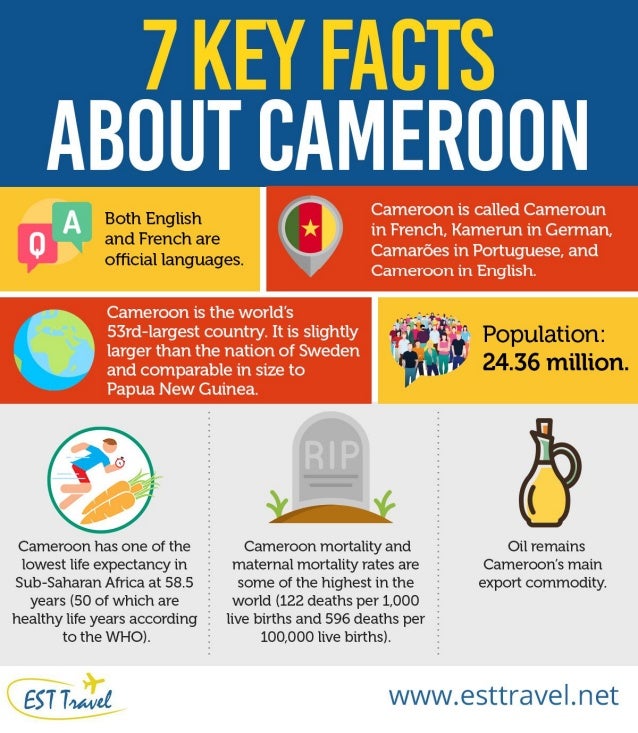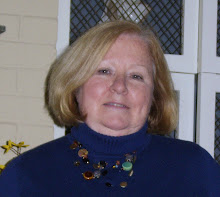Off to Yaounde, Cameroon
Welcome to Cameroon
Before going into a new country, I like to learn as much about the culture, history, and people as I can. I am going to Cameroon as a consultant to assist with training and implementation of the UNAIDS 90-90-90 Initiative. See below for details of this Initiative. This is my first time to go to Cameroon and I am very excited to learn about the country and meet the colleagues I will be collaborating with.
I invite you to follow my adventures and experiences through Cameroon.

Country Facts:
- Cameroon is located on the Gulf of Guinea, and a Central African country of varied terrain and wildlife. Its inland capital, Yaoundé, and its biggest city, the seaport Douala, are transit points to ecotourism sites as well as beach resorts like Kribi – near the Chutes de la Lobé waterfalls, which plunge directly into the sea – and Limbe, where the Limbe Wildlife Centre houses rescued primates.
- Cameroon, officially the Republic of Cameroon,
- Its land bordering countries are Nigeria, Chad, Central African Republic, Equatorial Guinea, Gabon and the Republic of the Congo.
- Capital: Yaounde
- Population: 24.05 million (2017) (World Bank)
- Official languages: French and English
- Cameroon is famous for producing coffee, cocoa, cotton, bananas and oilseeds.
- Cameroon has 7 national parks.
- Waza National Park is its most famous one with numerous elephants, lion, giraffe, antelope, antelope, and birdlife and has some of the richest flora and fauna found in Africa.
- What does the Flag stand for?
- The national flag of Cameroon was adopted in its present form on 20 May 1975 after Cameroon became a unitary state. It is a vertical tricolour of green, red and yellow, with a five-pointed star in its center.
- The red symbolizes unity, as well as the centered yellow star. Green represents hope and the yellow prosperity. Those colors combined are the official Pan-African colors.



0 Comments:
Post a Comment
<< Home